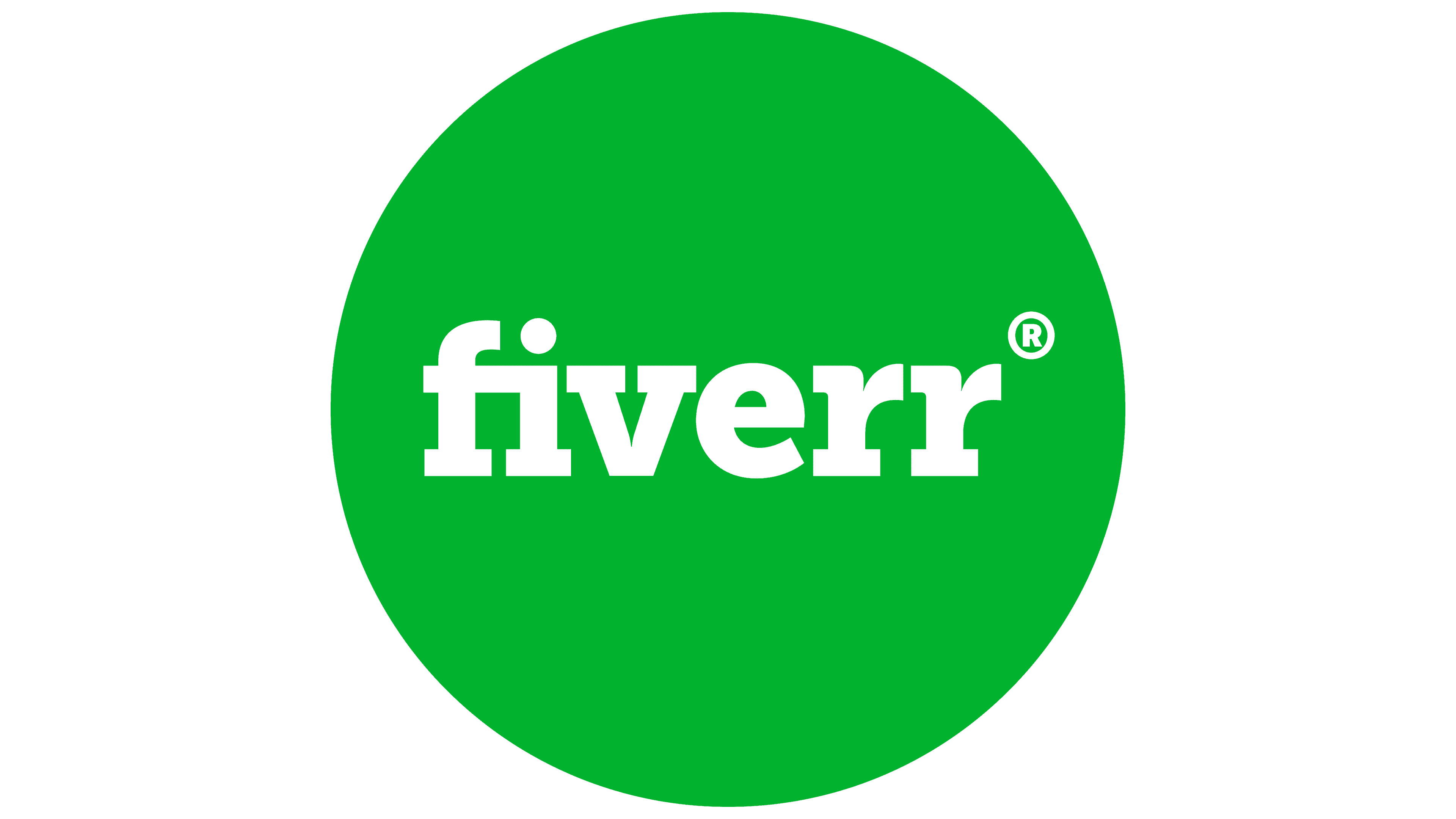Introduction
Growth doesn’t fail because teams lack effort, it fails because they focus on the wrong things. A strategy isn’t a document: it’s how you decide what to do next.
In this section, I’ll share the frameworks I use to help B2B teams prioritise their efforts, run experiments, and stay focused on what drives compounding growth.
You’ll learn how to set direction without guesswork and turn your growth system into a learning machine. Strategy is what keeps the chaos under control.



%2520(1).webp)



.webp)












.svg%2520(1).png)














































